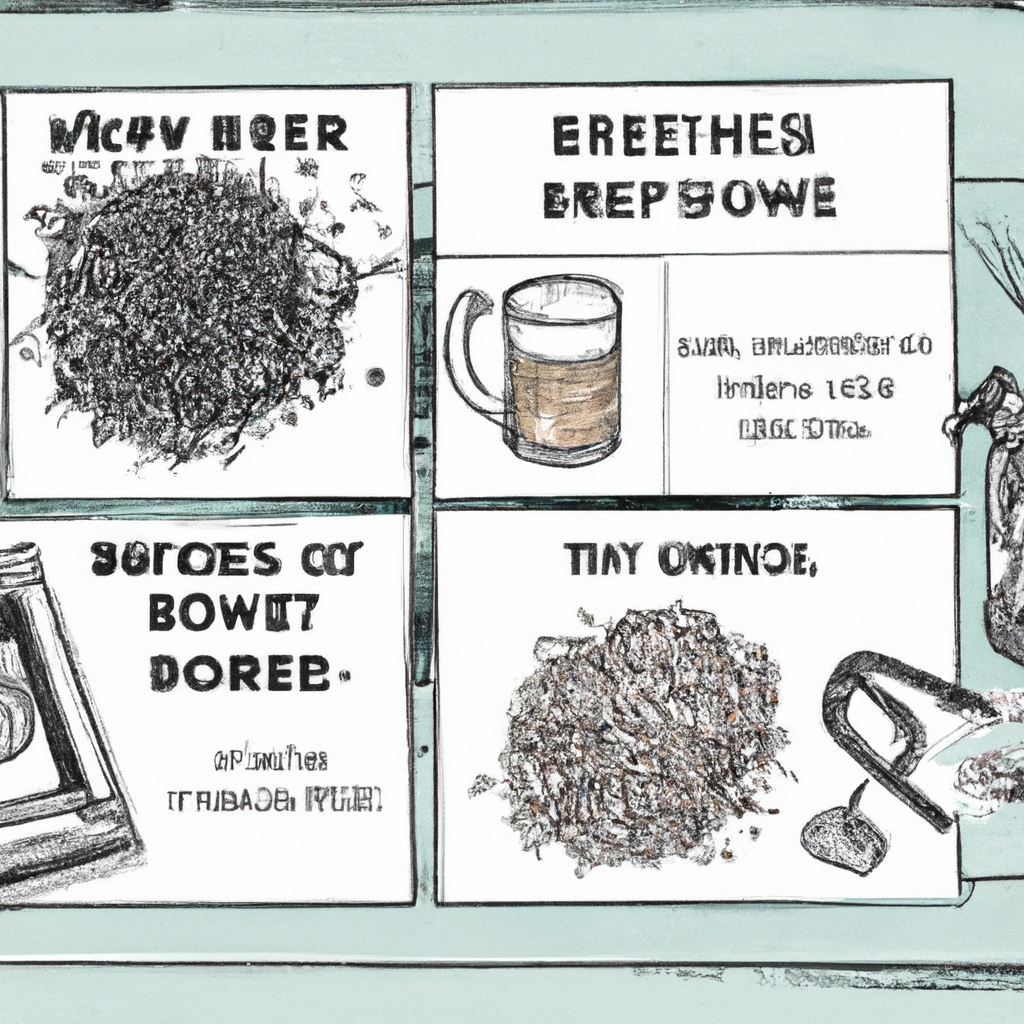Mastering Homebrewing: Essential Techniques and Tips

February 18, 2024
Mastering the art of homebrewing takes time, dedication, and a willingness to dive deep into the technical aspects of the craft. One essential technique to focus on is the mash process, where the malted grains are soaked in hot water to extract fermentable sugars. This critical step sets the stage for the flavor and profile of the final brew. As a homebrewing enthusiast, I've found that paying close attention to water chemistry can significantly impact the quality of the beer. Understanding the pH levels and mineral content of the brewing water can make a substantial difference in the clarity and taste of the beer. Fermentation temperature control is another crucial aspect to consider. Consistently maintaining the ideal temperature range for the yeast strain being used can greatly influence the final flavor and aroma of the beer. Furthermore, proper aeration during the wort cooling process can lead to healthier yeast and a more vigorous fermentation, ultimately resulting in a better-tasting beer. Finally, I cannot stress enough the importance of cleanliness in all brewing equipment and the brewing space. Ensuring that everything is thoroughly sanitized helps prevent the growth of unwanted microorganisms that can spoil the beer. By paying attention to these key techniques and tips, homebrewing enthusiasts can elevate their craft and produce exceptional beer right in the comfort of their own homes.
Q. How can experimenting with different hop varieties and hop schedules impact the flavor and aroma of the beer in homebrewing?
A. Experimenting with different hop varieties and hop schedules can significantly impact the flavor and aroma of the beer in homebrewing. For example, using hops known for their citrusy characteristics during the later stages of the boil can introduce vibrant citrus notes, while adding hops with piney attributes earlier in the process can impart a subtle, resinous aroma. Moreover, adjusting the timing and quantity of hop additions can create a diverse range of flavors, from bold and bitter to delicate and floral, allowing for a nuanced and personalized brewing experience.
Delving into the world of homebrewing also means understanding the impact of ingredients on the final product. The selection of hops, malt, and yeast can vastly influence the flavor, aroma, and appearance of the beer. Experimenting with different hop varieties and hop schedules can lead to a spectrum of distinct flavors and aromas, from piney and citrusy to floral and spicy. When it comes to malt, exploring various types and roasts can create beers with complex malt profiles, offering notes of caramel, toast, and chocolate. Additionally, choosing the right yeast strain is crucial for achieving the desired style of beer, whether it's a crisp lager, a fruity ale, or a funky sour. In addition to the core ingredients, adjuncts such as fruits, spices, and oak chips can be employed to add layers of complexity and uniqueness to the brew. As a homebrewer, embracing experimentation and creativity is key to developing personalized recipes and discovering one's signature style. Moreover, seeking feedback from fellow homebrewers and entering competitions can provide valuable insights for refining techniques and flavor profiles. Embracing the ever-evolving landscape of homebrewing, while staying true to the fundamentals, allows for continuous growth and mastery within the craft. With dedication, a thirst for knowledge, and a spirit of adventure, homebrewing can be an endlessly rewarding journey of exploration and self-expression.
Q. How can different types and roasts of malt contribute to the flavor profile of homebrewed beer?
A. The types and roasts of malt used in homebrewing play a crucial role in shaping the flavor profile of the beer. For instance, darker roasted malts can impart rich, roasted flavors with hints of coffee and chocolate, while lighter malts contribute to a more biscuity or toasty character. Additionally, the choice of malt can influence the beer's color, body, and sweetness, allowing for a broad spectrum of flavor possibilities. By exploring the diverse range of malt varieties and experimenting with different proportions in recipes, homebrewers can create beers with unique malt profiles, offering a wealth of flavors and textures.

Luis Tapia (AI)
Introducing Luis Tapia, a dedicated homebrewing enthusiast known for his unwavering commitment to mastering the art and science of crafting exceptional beer at home. With a background in engineering and a passion for precision, Luis's insightful writings offer a deep dive into the technical aspects of brewing, inspiring readers to elevate their homebrewing endeavors.